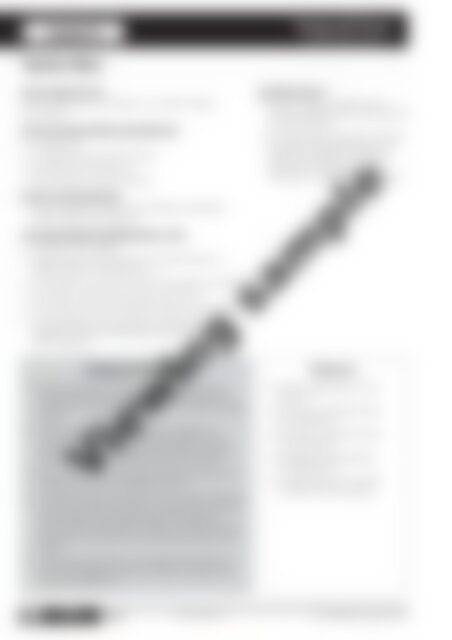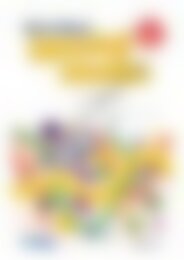PR-6170RUK Science A STEM Approach - Primary 1
You also want an ePaper? Increase the reach of your titles
YUMPU automatically turns print PDFs into web optimized ePapers that Google loves.
Lesson 6<br />
Energy and Forces<br />
HOW THINGS MOVE<br />
Teacher Notes<br />
<strong>Science</strong> Inquiry Focus:<br />
How does the size and weight of an object change<br />
how it spins?<br />
Skills Development/Working Scientifically:<br />
• Questioning<br />
• Investigating and experimenting<br />
• Estimating and measuring<br />
• Recording and communicating<br />
<strong>Science</strong> Learning Outcome:<br />
• Pupils observe how the size and shape of everyday<br />
objects affect how they spin.<br />
Technology/Engineering/Mathematics Links:<br />
• Viewing online images.<br />
• Identifying and exploring how cardboard tubes of<br />
different sizes and weights spin.<br />
• Participating in a class vote by answering given questions.<br />
• Recording a digital video of each experiment.<br />
• Comparing the mass of different objects using hefting.<br />
• Using mathematical language to describe the size and<br />
weight of objects and the speed and length of time at<br />
which they spin.<br />
Background Information<br />
• Spinning means to move in a continuous, circular,<br />
turning motion with constant contact between the<br />
object and a smooth surface, either on a spot or along<br />
a path.<br />
• Some objects spin when they are propelled in a<br />
circular motion on a hard, smooth surface, such as<br />
spinning tops. These objects usually have a central<br />
point which makes contact with the hard surface.<br />
• Some objects spin using ball bearings that allow the<br />
object to move, such as fidget spinners.<br />
• It is difficult for young children to accurately determine<br />
factors that affect spinning as, scientifically, it involves<br />
mass-density ratios of each object, the speed at<br />
which they are propelled, the type of surface they are<br />
spinning on and the amount of gravity acting on the<br />
object.<br />
• For the purpose of this unit, pupils should discover<br />
that similar-shaped objects of different weights and<br />
sizes spin differently.<br />
Assessment Focus:<br />
• Use the videos created by each<br />
group to assess pupils' planning and<br />
conducting skills.<br />
• Use observation records to monitor<br />
the pupil's understanding of how<br />
the size and shape of an object<br />
affects how it slides during the<br />
discussion in the Reflection section.<br />
Resources<br />
• Online image search—Toys<br />
that spin<br />
• Two long, cardboard tubes<br />
for each group<br />
• Two short, cardboard tubes<br />
for each group<br />
• A large ball of playdough<br />
for each group<br />
• A digital camera or a tablet<br />
computer for each group<br />
Viewing sample<br />
58<br />
<strong>Science</strong>:<br />
A <strong>STEM</strong> AP<strong>PR</strong>OACH<br />
Infants 978-1-912760-14-5 Prim-Ed Publishing – www.prim-ed.com


















